
The Past Present and Future of Homes and Housing Part 2 of 3
Part-two; Homes of The Present
Last month we kicked off a 3-part series that delves into the evolution of homes and housing. In Part One; Homes of The Past, we looked at how the home has evolved over the centuries, from rudimentary huts made of bones and animal skins to multi-story houses with glass windows connected to public waterway and sewage systems. Our dive into homes of the past wrapped up at the turn of the 20th century.
This month, we will look at the homes and housing developments of the 20th and 21st centuries.
Electrification of Homes
By the late-nineteen-twenties, electric power was starting to become more and more commonplace in Canadian homes. By the mid-nineteen-fifties, the majority of homes in Canada had electricity. With the advent and adoption of this technology, came profound changes in the way homes were built and how they were lived in. Electrification is arguably the single biggest innovation associated with what we know as ‘the modern home’.
Power Tools
In 1895 German company C&E Fein is credited with inventing the first power tool – a drill with an electric motor. 15-years later in 1910, Duncan Black teamed up with his friend Alonzo Decker to open a small machine shop. They decided they could improve the C&E Fein drill, finding inspiration in the Colt .45 pistol.
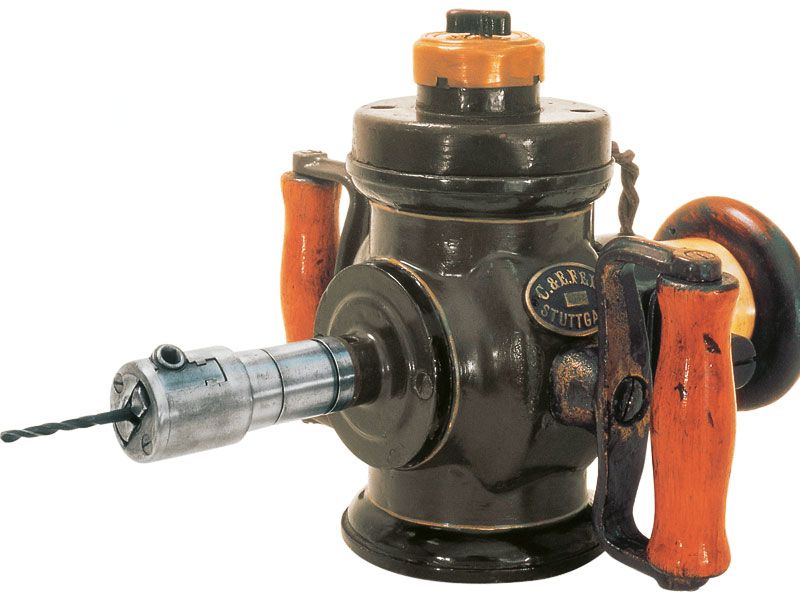
Within six years, Black & Decker began selling their pistol-like, trigger-switch electric drill. It was lighter, easier to use and more powerful than the C&E Fein version, which led to it taking over the market.
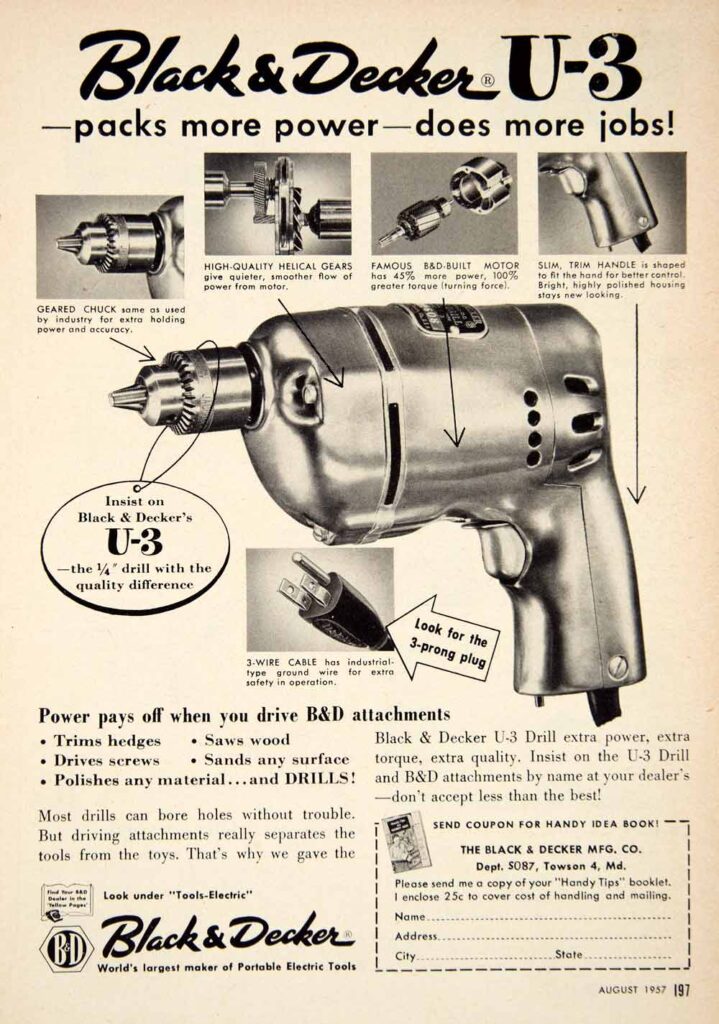
The electric drill was just one of many power tools that hit the market in the early 1900’s and would revolutionize the methods, speed and efficiency at which homes were built.
New Materials and Methods
In the early 1900s, we saw the invention of plywood and drywall, two materials that revolutionized home building, dramatically reducing the cost and time needed to build new homes.
Steel was another material which became more widely adopted for housing construction in the 20th century. It enabled the construction of skyscrapers allowing for higher density inner city development.
In the 1930s and 40s, industry began to move away from the use of asbestos and started using fiberglass for insulation. By the 1980’s polyurethane spray foam insulation became popular for its ease of application and effectiveness.
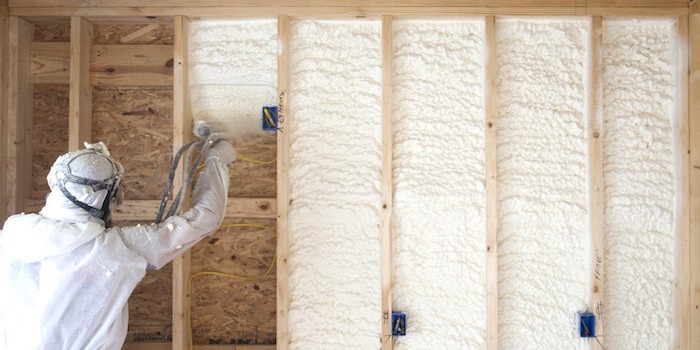
In-Home Tech
In 1913 the electric refrigerator was invented by American Fred W. Wolf. The refrigerator was a technological advancement that had a profound effect on homes and society. It allowed people to reliably store larger amounts of food for longer periods of time. As you can imagine, this impacted people’s shopping behaviors and arguably helped to enable the development of suburban communities.
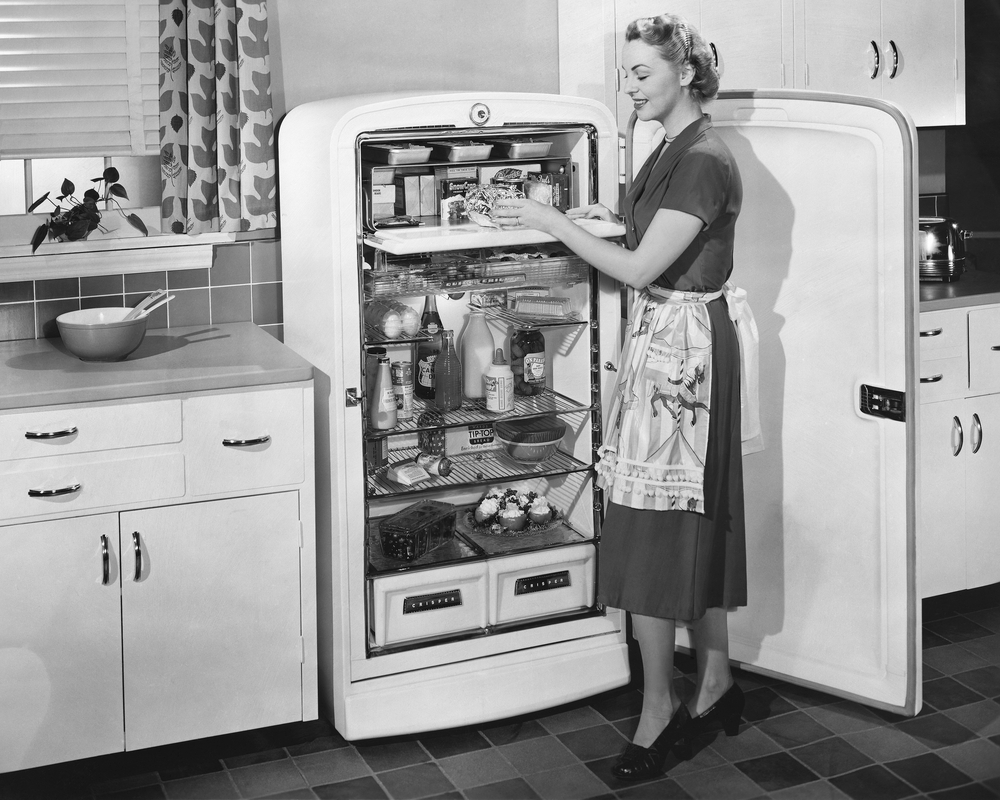
Of course the refrigerator is just one example of the numerous electrical appliances developed and adopted in the 20th century. From toasters to vacuum cleaners, electrical appliances revolutionized the home as we know it.
Postwar Population Boom
After the First and Second World Wars, North America saw a massive population boom. This was driven by several key forces; a booming economy, increased birth rates and numerous waves of immigrants. As such, the need for housing also ballooned.
This dramatic increase in population led to two significant developments in housing; suburban developments and an apartment boom.
With the mass adoption of the personal automobile by the 1950’s and a network of freeways, it made it more convenient to live in suburban areas while commuting to the city for work. Suburban developments offered larger properties at a fraction of the price, with quieter and cleaner neighborhoods to boot. These benefits were quite appealing to new couples looking to start their families in spacious newly built homes.
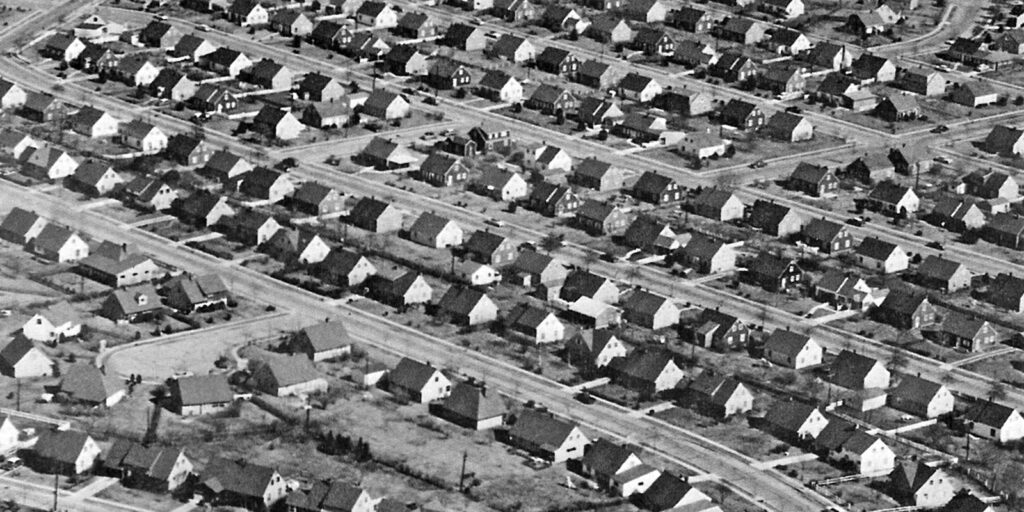
As waves of immigrants reached North America, they typically flocked to urban centers in search of opportunities. Additionally, as the babies born in the postwar boom became young adults, many wished to move into the cities for similar reasons. Despite the boom in suburban development, there was an equally grand increase in high-density inner-city development, namely in the form of apartment buildings.
Safety Standards
The 20th Century ushered in new standards in safety and building practices. Examples include mandates for lead-free paints and the removal of asbestos, the implementation and enforcement of building codes, use of detectors and alarms, and more subtle changes to design principles, which prevent falls and other accidents.
Present Day Homes
Today’s home has more utility than ever. The home isn’t just a place to eat your meals and rest your head at night. The modern home might double as your office, your gym, your entertainment venue, your workshop, your passive income source, and more. People are using their homes in more ways than ever.
Many of the previous points cover the main advances in the past century that have come to form the ‘modern home’. But before we end this segment of the series, let’s look at some of the most cutting edge technology in present day homes.
Some modern ‘smart homes’ have a centralized network of electronic devices, which communicate between each other. These sorts of networks can let you remotely control and monitor your lights, appliances, climate and more, from just about anywhere. Want to see who’s ringing your doorbell? Just look at your phone. In the mood for some music? Just say, “Play, Hit Me Baby One More Time”.
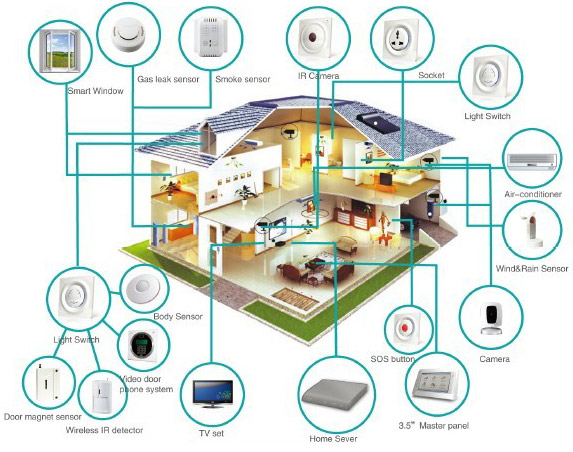
Previously mentioned materials and technologies have all continued to develop and improve over the years. For instance, glass is better insulated than ever before, helping with climate control and reducing noise. Appliances get more and more energy efficient each year. We are seeing more sustainable and self-sufficient houses, which incorporate technologies like solar energy production and green roofs.
Finally we are seeing different forms of in-fill housing, which work to increase urban density. This is helping to address the need for affordable housing, as well as combating urban sprawl and the environmental and social factors tied to it. Laneway housing, garden houses and mid-rise multi-residential housing, are all examples of housing types that cities are adopting in efforts to address the housing crisis and improve the quality of life in cities.
The Future of Homes and Housing
Next month in Part 3 of The Past, Present and Future of Homes and Housing, we will look at the future of homes. What trends and technologies might we expect in the years to come? How will climate change impact housing? Check back next month for an exciting glimpse into the future of housing and homes.
Interested in seeing some of URBINCO’s modern luxury homes? Visit our New Homes section to see all of our new homes coming to Toronto.
